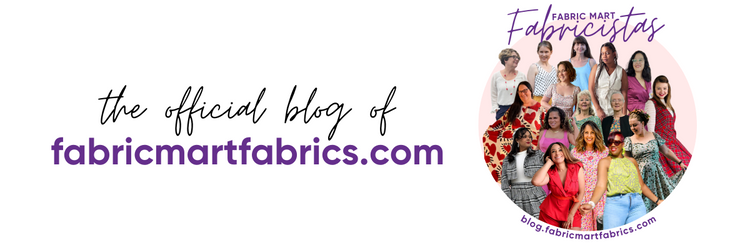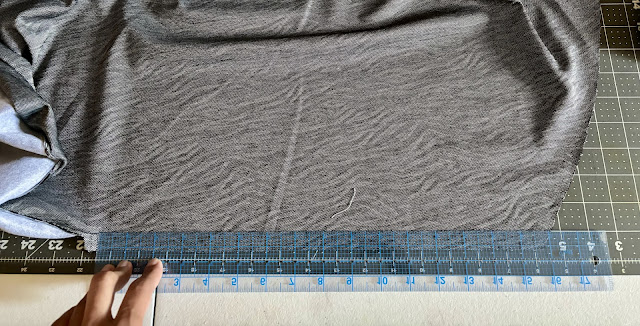Fall is here, and I have been in a coat/cape mood lately! I have a few that I plan to make, however, this pattern was not in the plans. It was in my stash, but it wasn’t on my “must make” list. I wanted to make a coordinating set but I thought it might be a little too much with this print. Now, I absolutely love animal prints, don’t get me wrong. I am a sucker for them! When I saw this jacquard double knit I had to have it. Instead, I decided to make an easy, comfortable cape that I can wear casually or dressed up. This pattern and fabric were perfect!
The pattern I chose to make is McCall’s 8029. This cape has three designs that you can choose from. I chose to make view C. View C has a hood. All three views have a neck and front facing and a belt/tie. Now, if you are wanting to make a cape but would like something on the easy side, this is your cape! I didn’t realize just how easy this was prior to getting started. This cape has minimal sewing. It doesn’t even require a hem. Which, was good because my serger just happened to break down on me when I started sewing. However, I do prefer a more finished look, so I turned my neck and front facings (inside edges) under and sewed a simple single fold hem to avoid exposing the interfacing. As for interfacing, the neck and front facings are the only pieces interfaced. After sewing my neck and front facings on, I chose not to edgestitch around the hood and front opening. The pattern says to pin the hood and facing to the cape wrong sides together. Instead, I sewed them on right sides together. I then stitched 5/8 inch above the front, lower edges just across to the end of each front facing and trimmed close to the stitch line. I flipped the facing to the inside and just gave the whole hood and front opening a really good press. Same as you would do for a jacket or coat with a front facing. For the remainder of each front piece, I trimmed off 5/8 inch so it would be in line with the front facings.
This cape has four openings for you to slip the belt through; two in the front and two in back. The pattern instructions call the openings button holes, but says to stitch 1/18 inch around each opening and trim the inside close to the stitching, lol. Good thing, because my machine doesn’t make button holes this long and I don’t have the skill to make them by hand. If you do, then that would be a good way to get that finished look.
If you are looking for an easy cape pattern to try, this is it!
Until next time…
ADRIA SHANELLE | @AdriaShanelle








That came out really well - bonus that it was easy, too! Great fabric choice for the pattern!
ReplyDeleteThank you!
DeleteWow! It's a great statement piece. You did a great job. Thanks for the detailed tips as well.
ReplyDeleteThanks and you're welcome.
Delete